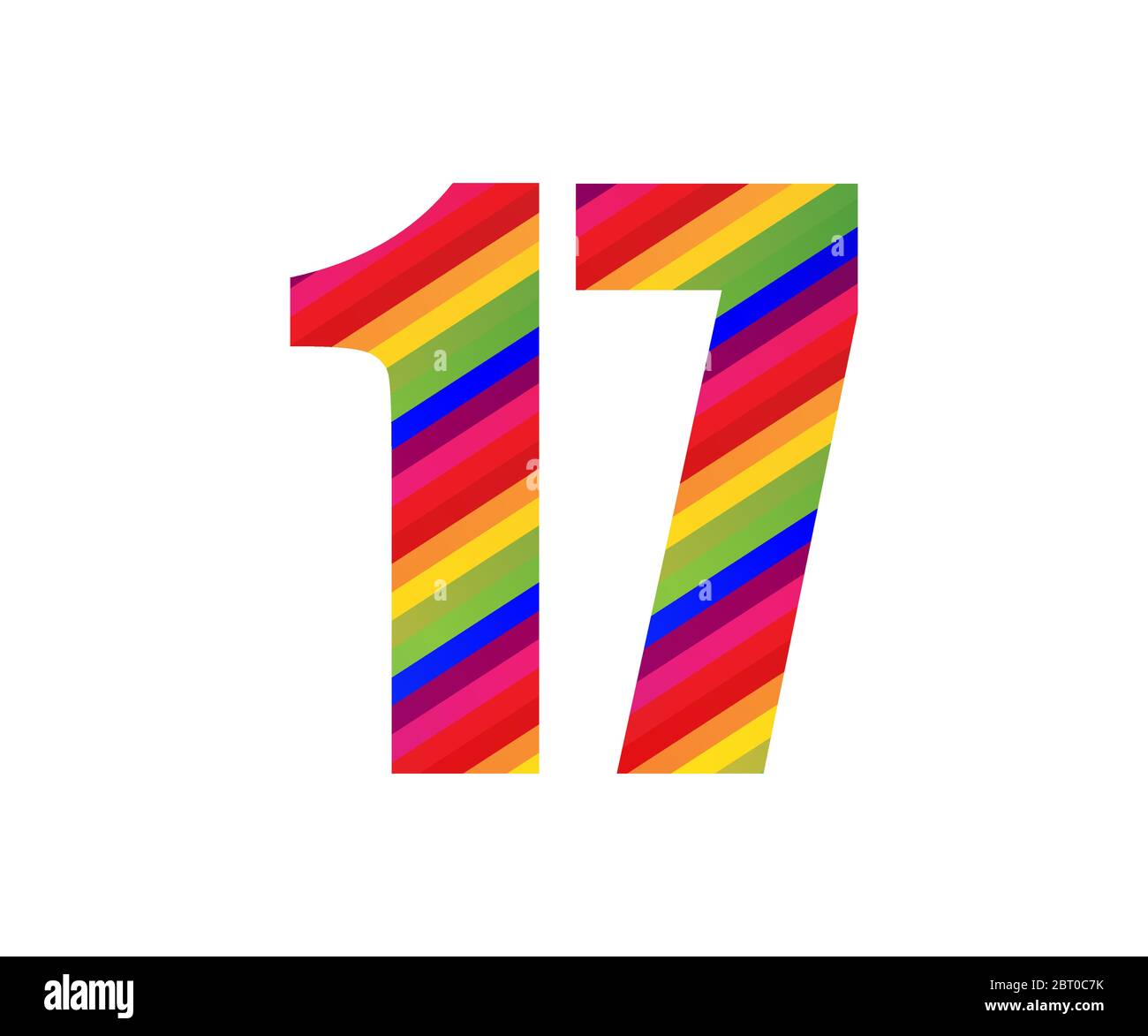17 Year Old Stabbed At Track Meet - Community Impact
A quiet afternoon at a local track meet, a place usually full of energy and friendly competition, was suddenly changed by a deeply troubling event. News quickly spread that a 17-year-old had been hurt, a situation that, you know, really shakes a community to its core. It’s a moment that makes everyone pause, a stark reminder that even in places we consider safe, things can happen that leave us feeling a bit unsettled.
This kind of news, a young person harmed in what should be a peaceful setting, brings with it a wave of strong feelings. For many, there's a sense of disbelief, a feeling of sadness, and a deep concern for the young person involved and their loved ones. It’s a moment when, very naturally, thoughts turn to the well-being of all the young people who were there, and what this might mean for their sense of security moving forward.
When something like this happens, it prompts a lot of questions, not just about what occurred, but about how we can support each other and prevent similar situations. It's a time for reflection, certainly, on the safety of our shared spaces and the well-being of our younger generation, who are, in some respects, still figuring out their place in the world.
Table of Contents
- The Immediate Aftermath
- How Does This Affect a Young Person's Sense of Safety?
- Echoes Through the Community
- What Support Systems Are Needed After a 17 Year Old Stabbed at Track Meet?
- Understanding Youth Challenges
- Why Do Some Young People Face Such Difficulties?
- Moving Forward
- What Steps Can Communities Take to Prevent Future Incidents Like a 17 Year Old Stabbed at Track Meet?
The Immediate Aftermath
The moments right after such an event are often filled with a lot of confusion and a general feeling of shock. People who were there, whether they were participating, watching, or just passing by, might experience a range of reactions. There's the sudden rush of emergency personnel, the hushed conversations, and the visible worry on people's faces. It’s a scene that, you know, stays with you for a while, changing a familiar place into one connected with distress.
For those closest to the situation, the family and friends of the young person, the immediate period is undoubtedly a time of immense worry and uncertainty. They are, quite naturally, focused on the well-being of their loved one, hoping for the best possible outcome. This initial period is a raw, emotional one, where every bit of news is held onto with great care, as a matter of fact.
School officials and event organizers also face immediate responsibilities. They need to make sure everyone is safe, manage the flow of information, and begin to process what has happened. It's a heavy burden, really, to deal with such an unexpected and upsetting situation, all while trying to keep a calm presence for others.
How Does This Affect a Young Person's Sense of Safety?
When a place that felt safe, like a school track, becomes the scene of something upsetting, it can really shake a young person's feeling of security. Kids and teens often see school grounds as a sort of sanctuary, a spot where they can be themselves, play sports, or just hang out without much worry. So, too, when that feeling is broken, it can make them question where they truly are safe.
A situation where a 17 year old was stabbed at a track meet might make other young people feel a little more watchful, perhaps even a bit nervous, in places they used to feel completely comfortable. They might start to wonder if similar things could happen elsewhere, or if the people around them are truly as they seem. This can, you know, create a subtle shift in how they view their everyday surroundings.
This broken sense of safety can extend beyond the immediate location. It might make some young people more hesitant to participate in activities, or to spend time in public spaces. It's a natural human response to feel a little more cautious after an unsettling event, and for young minds still developing, this can be a rather significant adjustment to their outlook.
Echoes Through the Community
News of an incident like this doesn't stay confined to the track; it spreads quickly, creating ripples through the entire community. Parents might feel a surge of concern for their own children, wondering about the steps taken to keep everyone safe at school and public events. There's a collective feeling, naturally, of wanting to understand what happened and how to move forward.
Teachers and school staff also feel the impact. They spend their days with young people, helping them learn and grow, and an event like this can weigh heavily on their minds. They might worry about the emotional state of their students, and how to talk about such a difficult topic in a way that is supportive and helpful. It's, like, a really tough spot to be in, trying to guide young people through something so upsetting.
Local leaders and community groups often step in during these times, too. They might organize gatherings, offer places for people to talk, or just make sure resources are available for those who need them. It's a way for the community to show its strength and its shared concern, which, in a way, helps everyone feel a little more connected during a challenging time.
What Support Systems Are Needed After a 17 Year Old Stabbed at Track Meet?
When a young person, like a 17 year old, is stabbed at a track meet, the need for support becomes clear. It's not just about physical healing, though that's certainly important. There's a lot of emotional and mental care that people might need, too. For the young person involved, and their family, immediate access to compassionate medical care is, of course, the first step. Beyond that, help with feelings and thoughts can be really important.
Many young people who witnessed the event, or who heard about it, might also need someone to talk to. School counselors, for instance, can play a big part in providing a safe space for students to share their feelings and get guidance on how to process what they've experienced. Sometimes, just having an adult listen can make a significant difference, you know.
Community organizations often step up to offer group discussions or safe spaces where people can share their worries and support one another. These gatherings can help people feel less alone and more connected, which, basically, is a good thing when something upsetting has happened. It's about building a network of care around those who are hurting, making sure no one feels like they have to deal with things all by themselves.
Understanding Youth Challenges
It's worth remembering that young people, especially those around 17 years old, are often dealing with a lot in their lives. They might be trying to figure out who they are, where they fit in, and what their future holds. Sometimes, these years can bring big changes and, you know, a fair bit of pressure, whether it's from school, friends, or even family expectations.
Some young people face really tough situations at home, like family arguments or feeling like they don't have a stable place to live. We hear stories, for example, of young people who might refuse to go to school, or who feel like they need to leave home because things are so difficult. These kinds of struggles can make daily life feel very, very hard for them.
Legal issues can also come into play for some young people, adding another layer of difficulty. A young person might find themselves in trouble, maybe charged with something, and it can feel like the whole system is against them. These situations, basically, just add to the stress and uncertainty that a 17-year-old might already be feeling as they grow up.
Why Do Some Young People Face Such Difficulties?
The reasons why some young people go through hard times are often varied and, you know, quite complex. It's rarely just one thing. Sometimes, it's about not having enough support at home, or feeling disconnected from their family. A young person might, for example, feel like their voice isn't heard, or that their concerns are not taken seriously by the adults around them.
School can be a source of stress, too. Some young people struggle with their studies, or they might feel out of place among their peers. This can lead to them not wanting to go to school, which then, basically, can create even more problems down the line. It's a cycle that can be hard to break, especially if they don't have someone guiding them through it.
Peer influence, too, plays a big part in a young person's life. They might feel pressure to act a certain way, or to join certain groups, which can sometimes lead them down paths they wouldn't otherwise choose. It's a time when fitting in feels incredibly important, and that desire can, at times, make them overlook potential risks.
Moving Forward
After an upsetting event, a community needs to find ways to heal and move forward together. This isn't something that happens overnight; it takes time, patience, and a lot of shared effort. It means acknowledging the hurt and the fear, but also looking for ways to rebuild a sense of calm and safety for everyone, especially the young people.
Part of moving forward involves open conversations. People need to feel like they can talk about what happened, share their feelings, and ask questions without judgment. These discussions can help process the event and, you know, figure out what lessons might be learned from it. It's about creating a space where everyone feels heard and understood.
It also means focusing on the positive aspects of community strength. When people come together to support those affected, to offer help, or just to be present for one another, it shows a collective spirit. This unity, basically, can be a powerful force in helping a community recover from a difficult experience and look to the future with a little more hope.
What Steps Can Communities Take to Prevent Future Incidents Like a 17 Year Old Stabbed at Track Meet?
Preventing future upsetting events, like a 17 year old being stabbed at a track meet, involves a multi-layered approach from the community. One key step is to strengthen programs that support young people, offering them places to go and activities to do that are positive and engaging. This might include after-school clubs, sports teams, or mentorship programs that give young people a sense of belonging and purpose, you know.
Making sure young people have access to mental health support is also really important. If a young person is struggling with feelings of anger, sadness, or confusion, having someone they can talk to can make a big difference. Early help can, in some respects, keep small problems from becoming bigger ones. It's about catching things early and offering a helping hand.
Community members can also play a part by simply being more watchful and connected. This means looking out for one another, reporting anything that seems concerning, and fostering a general atmosphere of care and respect. When people feel like they are part of a supportive network, it can, basically, create a safer environment for everyone, especially our younger generation who are still finding their way.

Seventeen Cool Facts About The Number 17 - Facts.net

Seventeen vector vectors Cut Out Stock Images & Pictures - Alamy

17 Cool Facts About The Number 17 - The Fact Site